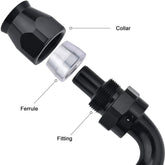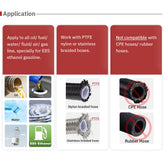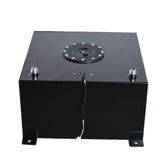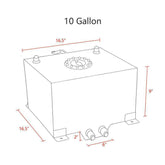What are some common DPF problems?
Despite their effectiveness in reducing emissions, Diesel Particulate Filters (DPFs) can experience various issues that require attention and maintenance. Here are some common problems associated with DPFs:
- 1. Clogging:
One of the primary issues faced by DPFs is clogging due to the accumulation of soot and ash over time. This buildup can restrict the flow of exhaust gases and hinder the regeneration process. Regular regeneration cycles and proper maintenance practices are essential to prevent clogging and ensure the optimal functioning of the DPF.
- 2. Short Trips:
Frequent short trips, especially at low speeds, can impede the DPF from reaching the necessary temperature for regeneration. Inadequate regeneration can lead to the buildup of soot and eventually result in clogging. To address this issue, it is recommended to incorporate occasional longer drives at higher speeds to facilitate proper regeneration and prevent potential blockages.
- 3. Faulty Sensors:
The sensors responsible for monitoring the DPF's performance and regeneration process can sometimes malfunction or provide inaccurate readings. Sensor failures can disrupt the regeneration cycle and lead to inefficient DPF operation. Regular diagnostic checks and sensor inspections are crucial to detect any sensor issues early on and rectify them promptly to ensure the DPF functions optimally.
How to maintain your DPF?
Proper maintenance is crucial for the longevity and effectiveness of DPFs. Implementing regular driving habits, using suitable engine oils, monitoring warning lights, and occasional professional cleaning are key practices to ensure optimal DPF performance. Here are some tips for properly maintaining your DPF:
- Short trips at low speeds can prevent the DPF from reaching the temperature needed for passive regeneration. Regularly driving at higher speeds for extended periods helps maintain the DPF.
- Using low-ash engine oils reduces the amount of ash that accumulates in the DPF, prolonging its life and efficiency.
- Pay attention to the DPF warning lights on your dashboard. If the DPF warning light comes on, it might indicate that the filter is becoming blocked and needs regeneration or cleaning.
- Occasionally, the DPF may require professional cleaning to remove ash buildup that cannot be burned off during regular regeneration cycles.
- - Engage in regular driving at higher speeds to facilitate passive regeneration.
- - Utilize low-ash engine oils to reduce ash accumulation in the DPF.
- - Monitor DPF warning lights for timely regeneration or cleaning.
- - Consider professional cleaning for thorough removal of ash buildup.
Conclusion
Maintaining a Diesel Particulate Filter (DPF) might seem like a hassle, but it's crucial for both your vehicle's performance and the environment. After diving into common DPF issues like clogging, faulty sensors, and the impact of short trips, I hope you've gained some valuable insights. By adopting preventive measures such as regular high-speed drives, using low-ash engine oils, keeping an eye on dashboard warning lights, and opting for professional cleanings when necessary, you can significantly reduce the likelihood of these problems.
Remember, proactive maintenance is key. Taking these steps not only ensures your DPF functions optimally but also extends its lifespan, keeping your vehicle running smoothly and efficiently. So, let's keep those filters clean and our journeys green!









